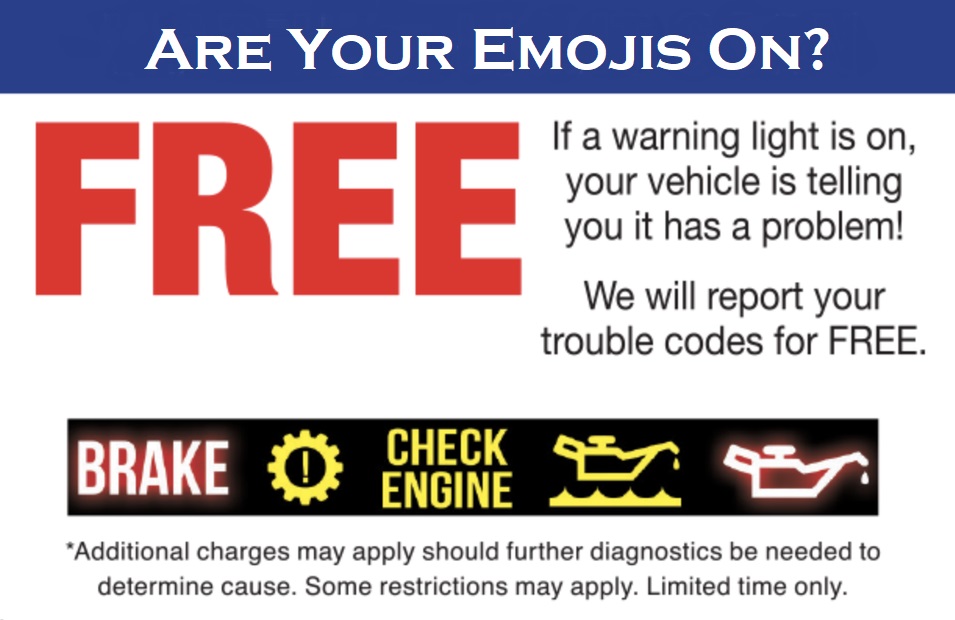How Often Should You Rotate Your Tires?
November 8, 2020 5:45 am Leave your thoughtsMost drivers don’t pay a whole lot of attention to their tires unless they get flat or have obvious signs of damage. But considering your tires are what stand between your vehicle and the road, it’s important to make inspecting and maintaining them a top priority for your safety and for the efficiency and performance of your vehicle.
Part of good tire maintenance includes regularly rotating your tires. Depending on the kind of vehicle you’re driving and whether it’s front-, rear- or all-wheel drive, the tires might wear down at different rates. The wheels that do the driving get worked harder; thus, those tires wear down faster. Proper tire rotation in Chino, CA, allows you to even out the wear of your tire treads and extend your tires’ lifespan as much as possible.
Most experts recommend rotating your tires every time you go in for an oil change, which will usually be about every 5,000 to 7,000 miles. However, rotating your tires even more frequently certainly won’t hurt.
What to know about proper tire rotation patterns
It’s not enough just to stick to a regular tire rotation schedule—you also need to make sure you follow the proper rotation pattern for your specific kind of vehicle.
Those patterns are as follows:
- Front-wheel drive: Front-wheel drive vehicles should have the front tires swapped to the rear on the same side. However, the rear tires should be moved to the opposite front corner, so the left rear tire moves to the right front, and the right rear tire moves to the left front.
- Rear-wheel drive: Rear-wheel drive vehicles should have the rear tires moved straight to the front and each front tire moved to the opposite rear corner. This is the opposite of front-wheel drive tires. For example, you’d move the front right tire to the back left, but the back left tire to the front left.
- All-wheel drive: For vehicles with all-wheel drive, you should crisscross all four tires. The right front tire goes to the back left, the back left goes to the right front, and so on.
Although these patterns are standard, there might be some unusual circumstances with your vehicle that will require special considerations during tire rotation. For example, if you have vehicles with different wheel sizes on the front and rear or if you have unidirectional tires, you might need to perform some rotation patterns specific to your vehicle.
In some rare circumstances, you might not be able to rotate the tires at all unless they’re dismounted and remounted on opposite-side wheels. In these situations, you might find that it’s not worth the time or effort to rotate the tires.
However, in general, tire rotation is one of the best ways you can maintain your tires and extend their lifespan. It also keeps you safer when you’re out on the road.
For more information about planning a tire rotation schedule or creating an ongoing vehicle maintenance schedule, contact our auto repair shop in Chino, CA, today.
Categorised in: Tires in Chino CA
This post was written by Writer

